Date: 24 June 2010
NFRC thermal performance labels are available for each of these architectural-class products, including seven operable and fixed window types, sliding glass doors and unitized curtainwall.
Wausau’s NFRC-labeled window products are included in the Advantage by Wausau line of competitively priced, high-performance, standard products. Advantage by Wausau meets the energy-efficiency concerns and fast pace of construction timelines for buildings such as schools and universities, hospitals and health care facilities, justice centers and government offices.
With consideration to building projects’ performance, NFRC labels are based on overall unit U-Factor and Solar Heat Gain Coefficient (SHGC). These performance parameters are key to energy efficiency and proper product selection. Wausau’s 2250i-XLT fixed windows exhibit a U-Factor of 0.21 and its 6250i-HRX curtainwall system exhibits a U-Factor of 0.20 when glazed with spectrally-selective low-e glass. In addition to NFRC-labeled products, Wausau design engineers were among the first manufacturers certified as Approved Calculation Entities (ACEs) for NFRC’s new Component Modeling Approach, addressing curtainwall and window wall for commercial applications.
“NFRC is continually fine-tuning their labeling and certification processes for the unique characteristics of the non-residential business. Energy-related performance parameters such as air infiltration, condensation resistance and durability are being incorporated,” says Tom Mifflin, Wausau’s government market manager and NFRC ACE. “U-Factor will continue to be one of the important performance parameters in window and curtainwall design, but must be considered in the context of test size, configuration, and applicability.”
Mifflin continues, “In spite of the attention given to U-Factor, commercial buildings are usually cooling-mode dominated, even in cool climates, so SHGC is of primary importance. Also, it’s inappropriate to apply the requirements of the residential ENERGY STAR® for Windows program to these commercial properties. Model Energy codes like ASHRAE 90.1 and IECC [International Energy Conservation Code] reflect best practices for non-residential applications. Besides NFRC labeling, in most jurisdictions, other compliance options include prescriptive design requirements, total building energy modeling, and various trade-off methodologies.”

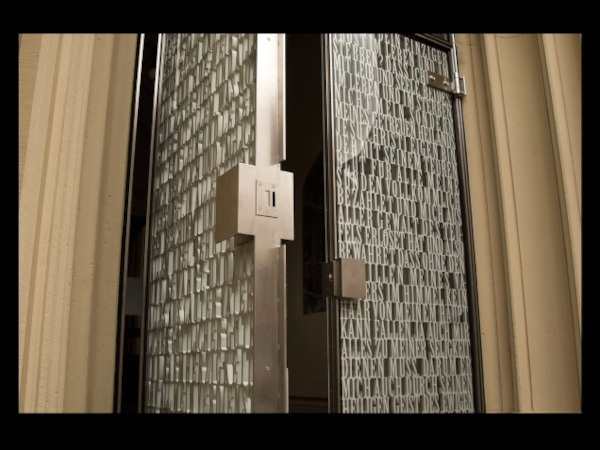

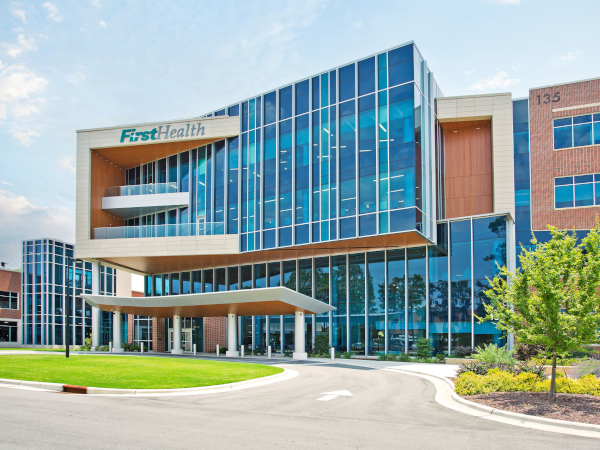
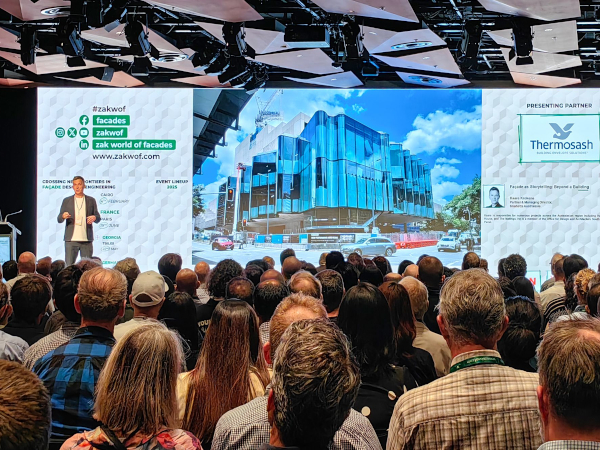
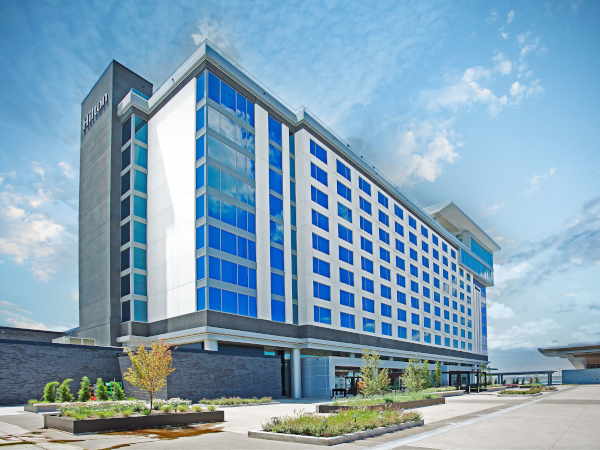

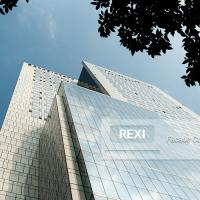


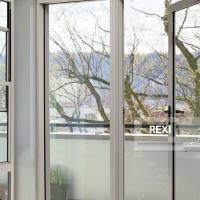


Add new comment